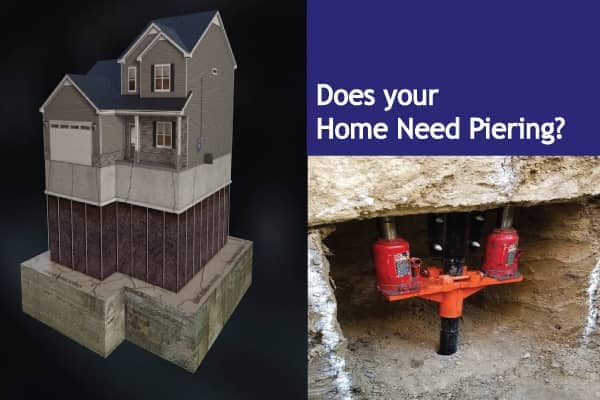Best Basement Waterproofing - The Facts
The Best Basement Waterproofing Diaries
Table of ContentsThe Single Strategy To Use For Best Basement WaterproofingThe 45-Second Trick For Best Basement WaterproofingThe Only Guide to Best Basement WaterproofingExcitement About Best Basement WaterproofingThings about Best Basement Waterproofing
uses excavation methods toward all-time low of the framework's foundation. entails eliminating wetness after it has gotten in the cellar. AdvantaClean's skilled experts and specialists will locate the water source. If wall surface or slab cracks exist, we will infuse polyurethane and epoxies right into the splits and secure the compromise, stopping additional moisture from going into.Proper rating around the home to guide wetness far from the structure. Installing, repairing, or cleaning gutters and downspouts. Interior or outside waterproofing with filler, sealant, and/or water resistant paint. Setting up basement ventilation systems, conditioning systems, or basement dehumidifier systems to obtain water out of your basement. Choosing AdvantaClean's basement waterproofing services is an efficient method to deal with dampness and stop mold from endangering the framework of your home and the health and wellness of your family members.

How Best Basement Waterproofing can Save You Time, Stress, and Money.
You can waterproof just your indoor walls, which may resolve the issue. Or you can waterproof your outside wall surfaces, which is a far better wager yet more costly. Here's the scoop on the different kinds: These thick finishes are cement-like. Once they dry out, they stick completely to concrete and stonework walls. Best Basement Waterproofing.
Concrete waterproof coverings can not be applied to formerly painted surface areas; inspect the tag. Understood as densifiers, they are appropriate only for walls that haven't been repainted or sealed.
You clean, roll, or spray it on much even more thickly one gallon covers simply 75 square feet, not the 300 square feet normal with common paint. Water-proof paint is great for DIY application. You can use it over repainted surfaces, and paint over it once it's healed (one gallon expenses $37).
It can set you back $10,000 to $15,000, depending on the work needed. Outside waterproofing involves digging deep into throughout your home to the complete depth of the structure walls, after that installing a waterproof finishing or membrane topped by drainage panels. The panels provide a simple course for water to move down to an outside French drainpipe at the end of your structure.
Everything about Best Basement Waterproofing
We have actually all been captured in a storm with no umbrella or raincoat. And it's constantly a recipe for calamity: whatever's wet, your hairstyle is ruined, and points are obtaining moldy. A basement without next page waterproofing is sort of like that. Minus the wrecked hairdo part. Your cellar does not wish to go with a downpour without proper protection equally as much as you don't want to.
However if you have actually done your research, you 'd know there are two sorts of waterproofing: inside and exterior. It can obtain confusing what they both mean, which one's a better investment, and what will really keep the water out. Don't worry, we created this blog site to quickly define both methods for you and discuss the advantages and disadvantages of each.
Outside waterproofing is a waterproofing technique that involves sealing your home from the exterior. It's kind of like a moat around a castle. It includes excavating a trench around your entire house down to the foundation (concerning 8 to 10 feet down). The structure walls are after that cleansed, sealed, and covered with a waterproof membrane or sealer.
About Best Basement Waterproofing
The most significant advantage of exterior waterproofing is that it avoids water from entering your basement in the very first area. Groundwater and hefty rainfalls can permeate in with the splits in your structure, so external waterproofing can prevent water from entering your home.
Inside basement waterproofing entails waterproofing from the within. Any type of water that leaks right into your cellar is rerouted prior to it touches your floor. It's type of like putting on a raincoat under your clothes. It entails two things: a water drain track and a sump pump. It functions by securing the within your cellar walls and floors so water that tries to enter is funnelled article source out through a sump pump.
Getting My Best Basement Waterproofing To Work
It's an efficient approach to water-proof your basement. The disadvantage of indoor basement waterproofing mostly has to do with the installment process.
To conclude, outside and interior basement waterproofing are both reliable methods of safeguarding your home from water damages. Outside waterproofing develops an obstacle that prevents water from entering your home, while indoor waterproofing reroutes water that does enter your home. And it's essential to keep in mind that outside waterproofing is a costly and disruptive installation process when compared to interior waterproofing.
Whichever method you choose, make certain you select a reliable and reliable specialist for the task. If you have any kind of concerns about basement waterproofing, please get to out to us.